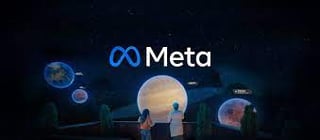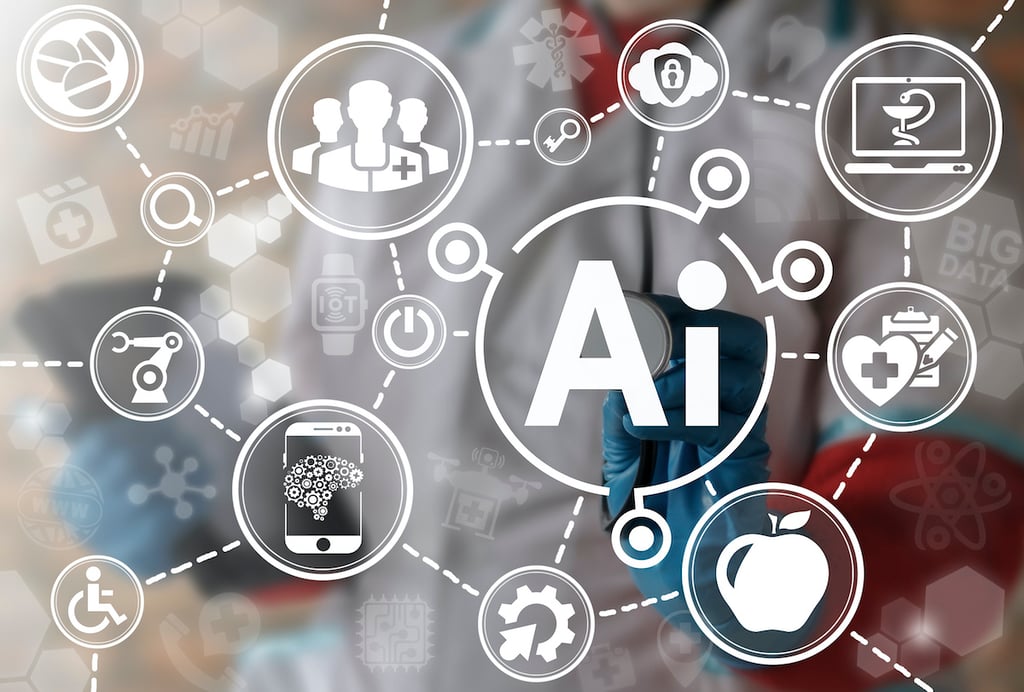I was at the NVIDIA TX2 launch earlier this week, which was a showcase for partners bringing to market AI-enhanced products. The Jetson platform is NVIDIA’s early attempt to produce in volume low-powered, relatively affordable AI brains to be used in virtually anything that needs one. This is part of an initiative to push intelligence to the edge, largely due to the limitations in bandwidth, latency and security concerns surrounding centralizing AIs to work on remote systems.
Let’s talk about some of the more interesting products.
300W Supercomputer
Now, if it had been me, I would have made this 300W supercomputer the center of my presentation, largely because a one-shelf, rack-mounted, 300W supercomputer is pretty unique. This little jewel took 24 Jetson boards and interconnected them into an amazingly powerful AI server. Granted, it kind of goes against the “intelligence at the edge” concept, since this would be a centralized solution, but it should be able to support an impressive number of video cameras, for instance, in a mobile facial recognition implementation, or could be ideal for TSA checkpoints to identify known criminals or terrorists. In any case, it is an impressive amount of power in a small package. The company that made this is Connect Tech Inc., and it specializes in creating interface boards and packaging (hardened) for technical solutions like the Jetson TX2.
Small Facial Recognition
Leopard Imaging had an interesting one small board implementation, which linked up to six cameras to this board and then connected the board wirelessly to the network for simultaneous broadcast and facial recognition. This would be a great solution to fully monitor a lot of homes to attempt to catch a known criminal or terrorist, or to instrument the area around a reception desk so you could get early warning if the boss had just shown up unexpectedly to work. (I know of a few folks that worked at Apple that would have given their left arm for something like this, given that Steve Jobs wasn’t someone you wanted to drop in and surprise you.) You could fit this entire solution in a book, place the book on a table, and pretty much cover almost any room.
Hand-Held 3D Scanner
Artec 3D had a hand-held 3D scanner that looked like something out of a sci-fi movie. This scanner allows you to fully scan any small or relatively large object reasonably quickly, and then you can place this object in a virtual environment at scale. (Personally, I thought it would be a cool way to scan dream cars and create a virtual garage that you could visit with a VR headset. Given that folks who buy cars like this almost never drive or even sit in them, you’d get 98 percent of the benefit with virtually none of the cost!) This would be great for space planning, architecture, interior and exterior design, and it could do interesting things for competitive analysis departments. It might also be a way to keep track of your daughter’s dates, but I expect she might find that a tad invasive.
Autonomous Search and Rescue
Enroute had something that could save your or my life: autonomous drones. These could be kind of a set-and-forget implementation, where a mother truck, copter, or even far larger autonomous drone arrives at the site of a disaster, kidnapping or lost hiker and then deploys a ton of these things, which then organize a grid pattern and fly off looking for a designated target. One person working remotely could, in theory, handle thousands of these things because they wouldn’t require individual flying and would only report back if they observed something interesting. The example was large enough to also be able to carry a limited amount of medical equipment, food, and water which, once the individual was found, could be used to keep them alive until help arrived. The same technology could be used for security and it strikes me that this solution would likely be both more effective and far less expensive, in theory, than President Trump’s border wall.
Cisco Spark Board
The Cisco Spark Board is one of the latest in what has been a resurgence in increasingly smart collaboration products. No, this won’t do your presentation for you, I expect that will come in a later model, but the intelligence is used to make bringing up a video conferencing session, sharing your laptop screen, and whiteboarding remotely drop-dead, single-icon easy. So easy your boss won’t have to get your kid to do it for him. One of the big problems with this class of product has been that they are hard to set up and use and that people are embarrassed to admit they don’t know how to use them. This implementation seems to address that problem nicely, and it is certainly better than using the Jetson intelligence to provide real-time presentation critiques (though those would be a ton of fun for the audience, particularly if this feature could be turned on secretly and only when the speaker wasn’t actually looking at the board).
Agriculture
I grew up on a ranch and a farm. I spent winters on the ranch and summers on the farm and I learned one very important lesson. Farming smells, has way too many people eating bugs, and farmers get up way the hell too early and go to bed way the hell too early as a result. So, I learned faming sucks. Farmers also have to use a lot of chemicals regularly without proper protection and spray an impressive number of them around their neighborhoods and into the ground water. Blue River had a weed control solution that applied the chemicals in far smaller amounts directly onto the weeds at volume automatically. This vastly increased yields, reduced the contamination by the chemicals, and you likely could do this with a robotic tractor so you could go to bed and get up at a decent time and not fight bugs, when you are just waking up, for your body parts.
Robots
Several robots were at the event. Two that stood out were by Fellow Robots and Toyota. The Fellow robot is already in use for inventory management and to help customers find what they are looking for at Lowe’s. Toyota’s robot was designed to help bed-ridden patients as a servant providing an intelligent fetch service that could bring them medication, food, water, and a spare hand when they need it. I think they should put bells on employees at stores like Lowe’s because you can never find one when you need one, so I’m a fan of the Fellow implementation but, at some point, I’ll likely need the Toyota solution, because I am not at all fun when I’m sick and it might keep my wife from an impromptu visit to her sister.
Wrapping Up: Cheap Brains
While this kind of sounds like a sale sign during the zombie apocalypse, the fact is that low-cost intelligence will be critical for the next generation of tools we need to advance the technology art. Whether it is serving us when we are sick, helping us find our way around stores, or locating us when we are lost, eventually all of us will need these services. At some point, sadly, some of us may need this technology to remind us who we are. In any case, an affordable AI brain is a critical step to moving to the next phase of automation, and the Jetson TX2 is a major and important component of that step.
One final thought: Were it me who had a brain product named after the cartoon show “The Jetsons” and I made a digital rendering product, I’d likely have Rosie, the Jetson’s maid, be a major part of the presentation. Just saying.
Rob Enderle is President and Principal Analyst of the Enderle Group, a forward-looking emerging technology advisory firm. With over 30 years’ experience in emerging technologies, he has provided regional and global companies with guidance in how to better target customer needs; create new business opportunities; anticipate technology changes; select vendors and products; and present their products in the best possible light. Rob covers the technology industry broadly. Before founding the Enderle Group, Rob was the Senior Research Fellow for Forrester Research and the Giga Information Group, and held senior positions at IBM and ROLM. Follow Rob on Twitter @enderle, on Facebook and on Google+










